Winston
Lorenzo von Matterhorn
- Joined
- Jan 31, 2009
- Messages
- 9,560
- Reaction score
- 1,749
Sukhoi Su-25
https://en.wikipedia.org/wiki/Sukhoi_Su-25
The Sukhoi Su-25 Grach (Russian: Грач (rook); NATO reporting name: Frogfoot) is a single-seat, twin-engine jet aircraft developed in the Soviet Union by Sukhoi. It was designed to provide close air support for the Soviet Ground Forces. The first prototype made its maiden flight on 22 February 1975. After testing, the aircraft went into series production in 1978 at Tbilisi in the Georgian Soviet Socialist Republic.
List of Sukhoi Su-25 operators
https://en.wikipedia.org/wiki/List_of_Sukhoi_Su-25_operators
August 26, 2016
Russia's A-10 Warthog: Why the Su-25 Frogfoot Is a Flying Tank
[great article detailing very interesting Su-25 combat use, for and AGAINST Russia, and combat losses]
https://nationalinterest.org/feature/russias-10-warthog-why-the-su-25-frogfoot-flying-tank-17499
Like the A-10, the Su-25 was all about winning a titanic clash between the ground forces of NATO and the Warsaw Pact by busting tanks and blasting infantry in Close Air Support missions. This meant flying low and slow to properly observe the battlefield and line up the plane for an attack run.
Flying low would also help the Su-25 avoid all the deadly long-range SAMs that would have been active in a European battlefield. However, this would have exposed it to all kinds of antiaircraft guns. Thus, the pilot of the Su-25 benefited from an “armored bathtub”—ten to twenty-five millimeters of armor plating that wrapped around the cockpit and even padded the pilot’s headrest. It also had armored fuel tanks and redundant control schemes to increase the likelihood of surviving a hit. And in their extensive combat careers, Su-25s have survived some really bad hits.
This was most likely caused by a Russian-made SA-16:
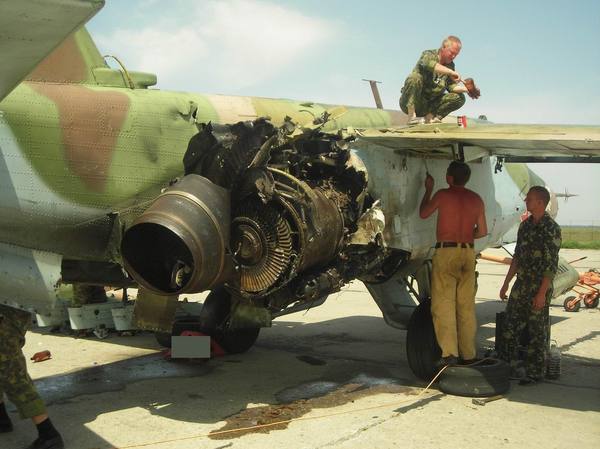
The 9K310 Igla-1 (SA-16), accepted into service in the Soviet army on 11 March 1981, is shown in the lower section of this photo:
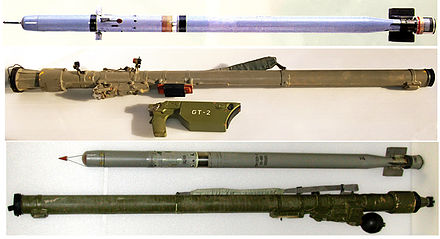
Russian Sukhoi Su-25:
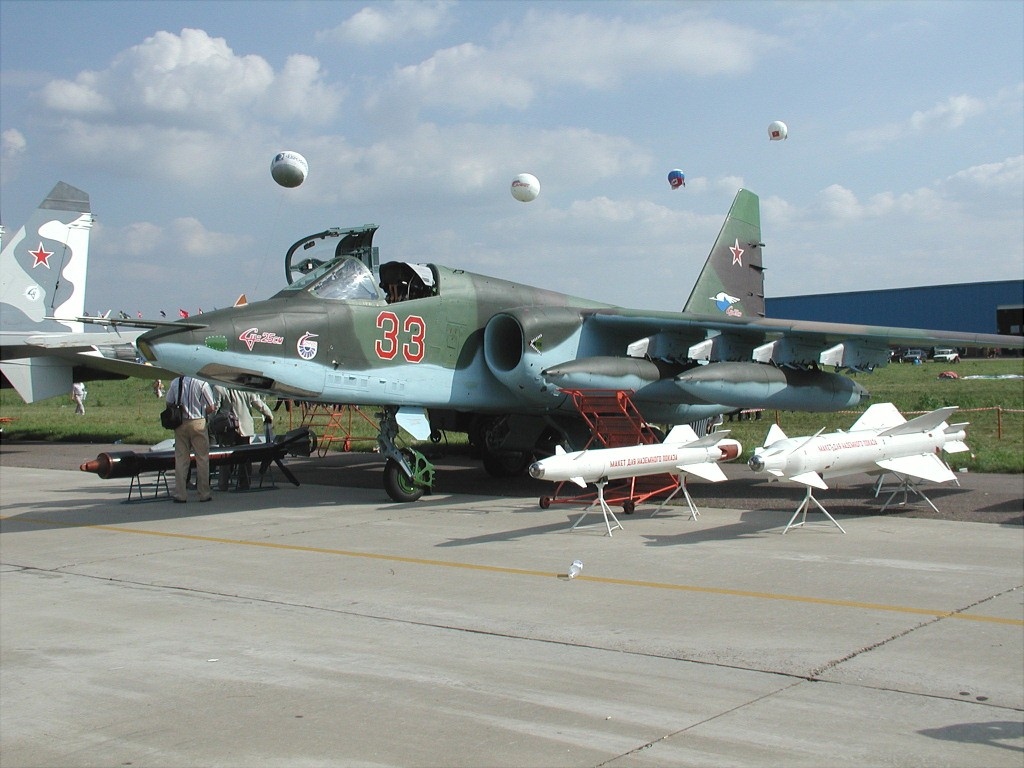
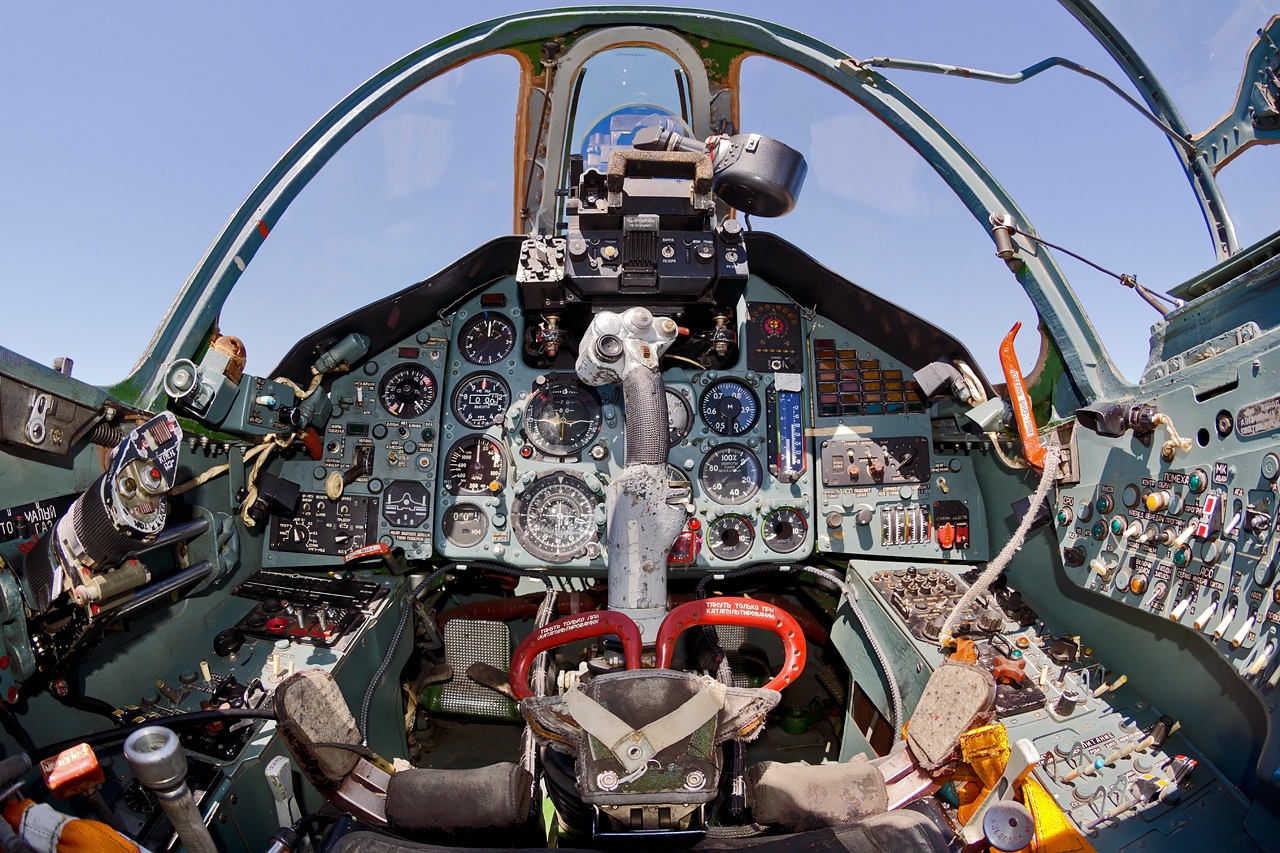
Ukrainian Su-25:
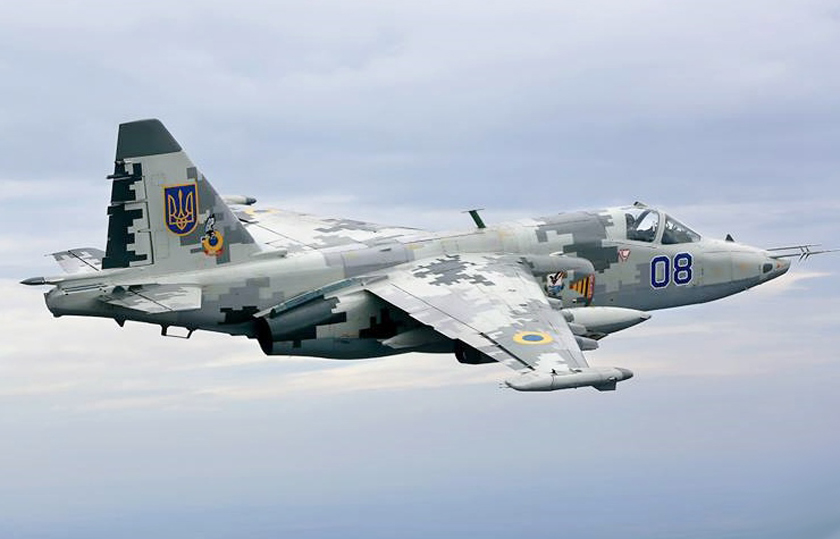
Bulgarian Su-25 flying with A-10:
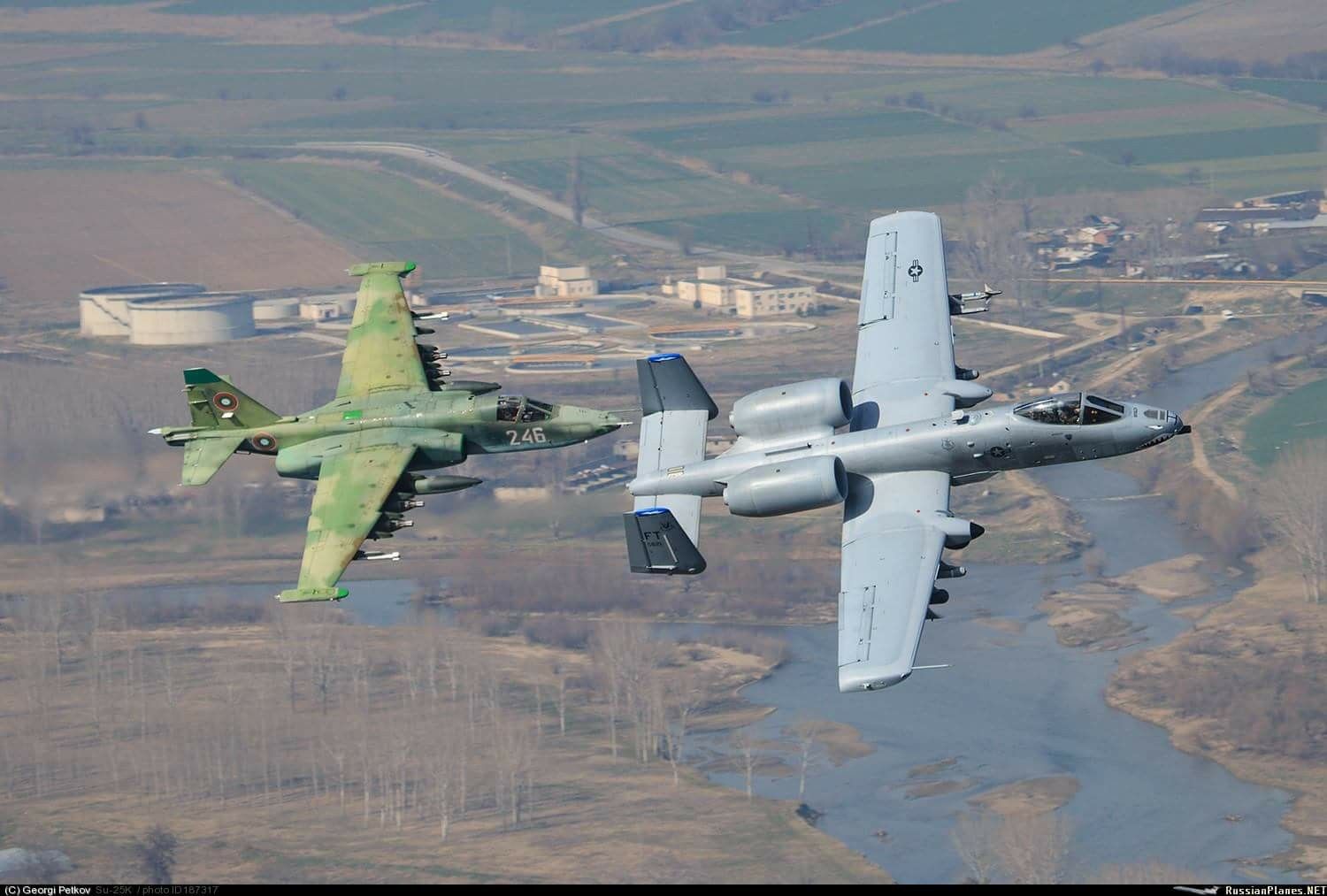
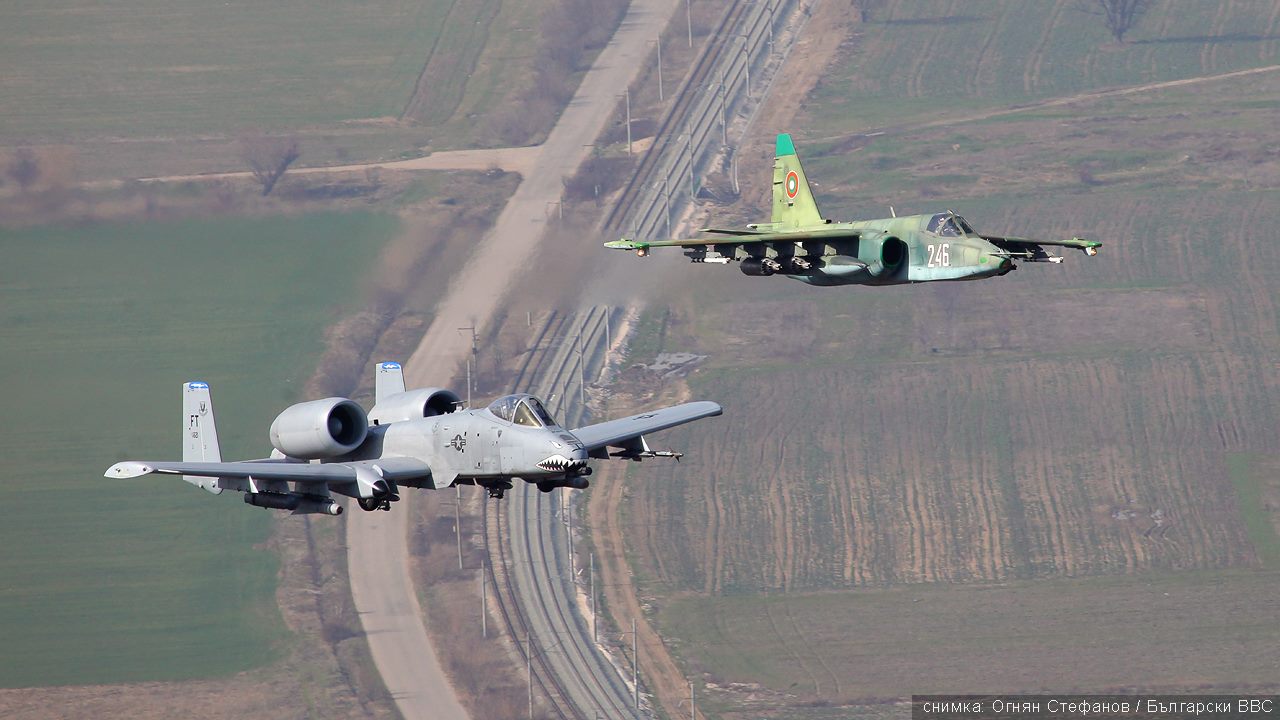
https://en.wikipedia.org/wiki/Sukhoi_Su-25
The Sukhoi Su-25 Grach (Russian: Грач (rook); NATO reporting name: Frogfoot) is a single-seat, twin-engine jet aircraft developed in the Soviet Union by Sukhoi. It was designed to provide close air support for the Soviet Ground Forces. The first prototype made its maiden flight on 22 February 1975. After testing, the aircraft went into series production in 1978 at Tbilisi in the Georgian Soviet Socialist Republic.
List of Sukhoi Su-25 operators
https://en.wikipedia.org/wiki/List_of_Sukhoi_Su-25_operators
August 26, 2016
Russia's A-10 Warthog: Why the Su-25 Frogfoot Is a Flying Tank
[great article detailing very interesting Su-25 combat use, for and AGAINST Russia, and combat losses]
https://nationalinterest.org/feature/russias-10-warthog-why-the-su-25-frogfoot-flying-tank-17499
Like the A-10, the Su-25 was all about winning a titanic clash between the ground forces of NATO and the Warsaw Pact by busting tanks and blasting infantry in Close Air Support missions. This meant flying low and slow to properly observe the battlefield and line up the plane for an attack run.
Flying low would also help the Su-25 avoid all the deadly long-range SAMs that would have been active in a European battlefield. However, this would have exposed it to all kinds of antiaircraft guns. Thus, the pilot of the Su-25 benefited from an “armored bathtub”—ten to twenty-five millimeters of armor plating that wrapped around the cockpit and even padded the pilot’s headrest. It also had armored fuel tanks and redundant control schemes to increase the likelihood of surviving a hit. And in their extensive combat careers, Su-25s have survived some really bad hits.
This was most likely caused by a Russian-made SA-16:

The 9K310 Igla-1 (SA-16), accepted into service in the Soviet army on 11 March 1981, is shown in the lower section of this photo:

Russian Sukhoi Su-25:


Ukrainian Su-25:

Bulgarian Su-25 flying with A-10:





